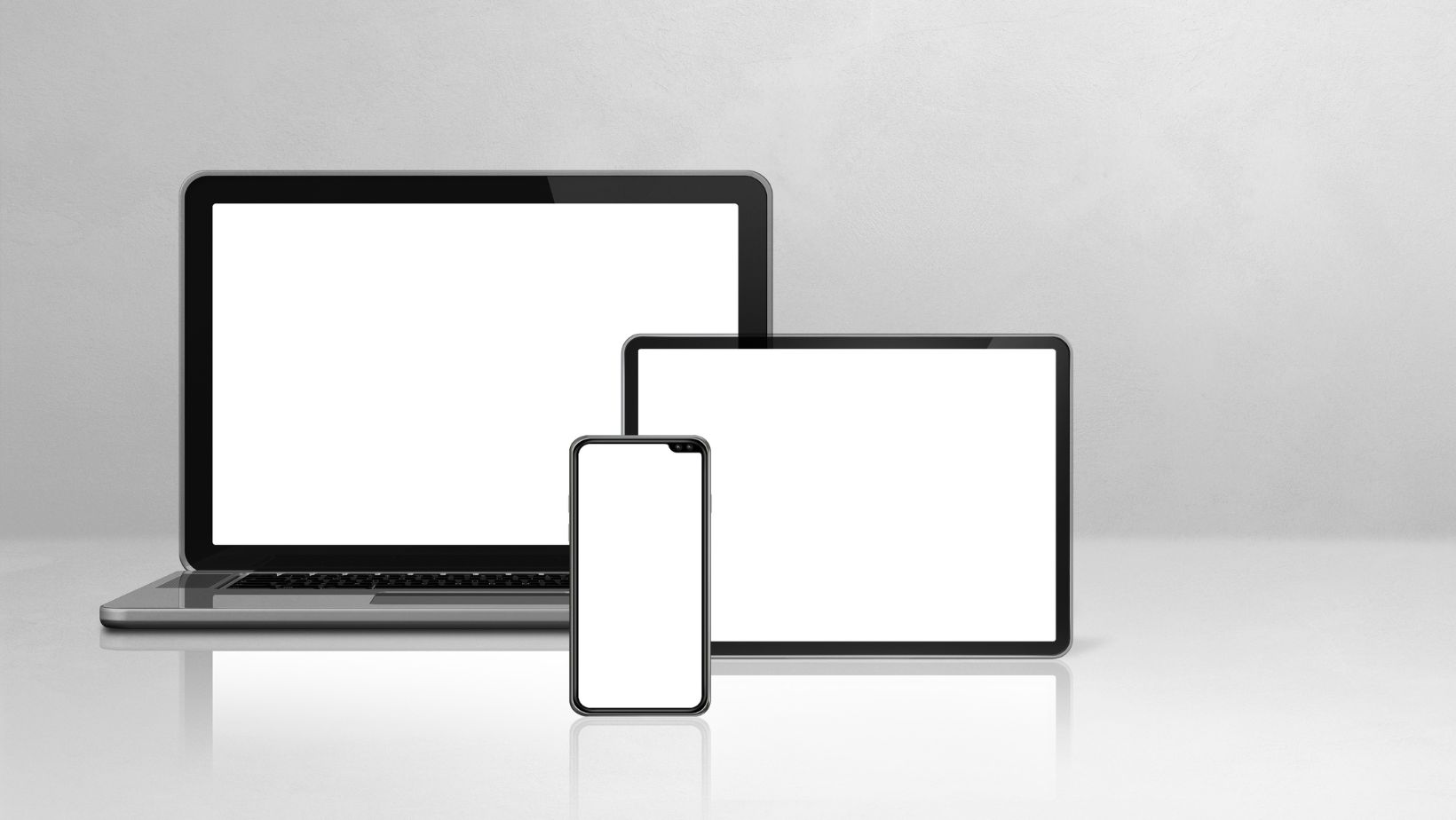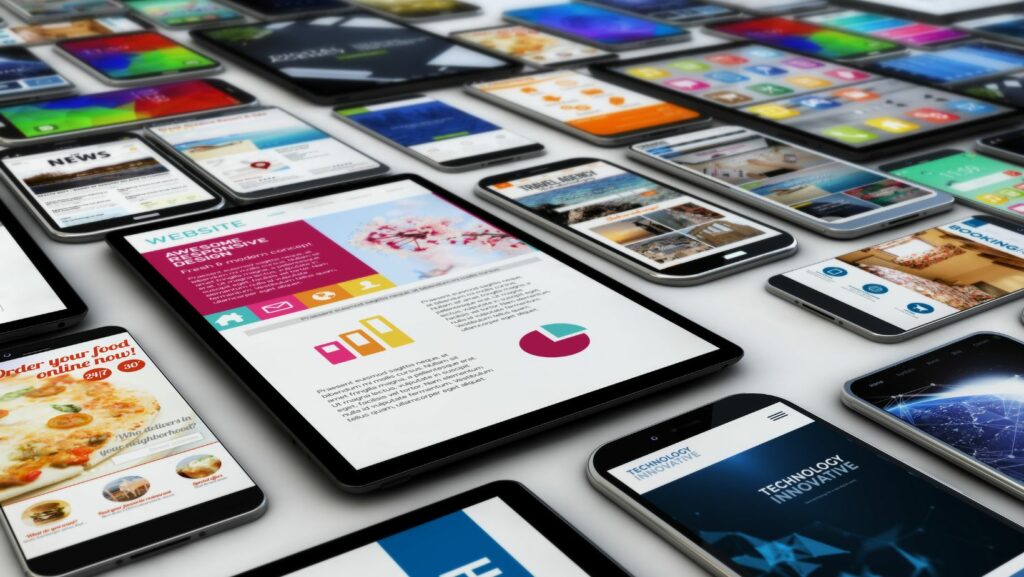
Learn to Set Up a Screen Mirroring Device
If you’re looking to add a screen mirroring device to your setup, you’ve come to the right place. In this blog post, we’ll show you everything you need to know about setting up a screen mirroring device. By the end, you’ll be an expert at adding this type of device to your home entertainment system!
Setting up a screen mirroring device allows you to duplicate the display of your laptop, tablet, or phone onto a larger screen. This is useful for work presentations, watching movies, or playing video games on a bigger screen. There are a few different ways to set up a screen mirroring device, and the method you use will depend on the devices you have and their capabilities.
What is a screen mirroring device?
A screen mirroring device is a gadget that can be used to project the display of a computer, phone, or tablet onto a larger screen. This is often done wirelessly, using either Wi-Fi or Bluetooth. Screen mirroring devices come in different shapes and sizes, but the most common type is a small box that connects to your TV via an HDMI cable. There are several reasons why you might want to use a screen mirroring device. For example, you might want to share photos or videos from your phone with friends and family. Or you might need to give a presentation from your laptop, but you don’t have a projector handy. Whatever the reason, setting up a screen mirroring device is usually pretty easy.

First, you’ll need to find a spot for the device near your TV. Then, you’ll need to connect the device to your TV using an HDMI cable. Once the device is connected, you can typically just turn it on and start projecting whatever is on your computer or phone’s screen onto the TV.
How does a screen mirroring device work?
A screen mirroring device is a piece of hardware or software that allows you to project the image from your computer onto a larger screen, such as a projector or television. In most cases, you will need to connect the device to your computer using an HDMI cable. There are a few different ways that you can use a screen mirroring device. One common way is to use it to give a presentation. When you connect the device to your computer, it will mirror your computer’s display on the larger screen. This way, you can control your presentation from your computer while everyone in the room can see it on the larger screen.
Another common use for a screen mirroring device is to watch movies or TV shows from your computer on a larger screen. This can be especially helpful if you have a small laptop screen and want to watch something on a bigger screen. Many devices also have built-in speakers, so you don’t need to worry about connecting additional speakers. You can also use a screen mirroring device to play video games from your computer on a bigger screen. This can be a great way to get a more immersive gaming experience. Some devices even come with special features that make gaming even more fun, such as lags and auto-correct functions.
How to add a screen mirroring device
With the right device, you can wirelessly mirror your Android phone’s screen right to your TV—perfect for watching movies, playing games, and sharing photos on a big screen. Here’s how to set up a screen mirroring device. These instructions are for devices running Android 4.4 KitKat and up. Some devices may require you to restart them after completing the below steps.
Step 1: Find the right device
First things first: to set up screen mirroring, you’ll need a compatible device. In order to successfully mirror your phone’s screen, you’ll need either a Chromecast, Roku, Fire TV Stick 4K, NVIDIA Shield TV, or Xiaomi MI Box S—a short list, to be sure. Other than that, any other Miracast-compatible receiver will work just fine.
Step 2: Set up your receiver
Once you have your receiver (again, we recommend one of the options from Step 1), it’s time to set it up according to the manufacturer’s instructions. For our purposes here today we’re using a Chromecast, so we followed Google’s directions for setting it up. The process should be similar regardless of which receiver you choose.
Step 3: Check if your phone supports screen mirroring
Screen mirroring is supported on most current Android devices—iPhones don’t support it. To check if your phone supports screen mirroring, go into its Settings menu and look for an option labeled “Cast” or “Screen Sharing” or something similar; if you don’t see anything like that in Settings, then unfortunately your phone almost certainly doesn’t support screen mirroring (provided it isn’t an iPhone). If you do see an option like that in Settings reachable from your home screen that looks promising—select it and see what happens!
Tips for using a screen mirroring device
Before you start using a screen mirroring device, it is important to understand how the device works. A screen mirroring device is a small hardware component that connects to your computer or mobile device and allows you to display the contents of your screen on an external display, such as a TV or projector. There are many different types of screen mirroring devices available on the market, and each type has its own unique set of features and capabilities.

When choosing a screen mirroring device, it is important to consider your needs and determine which type of device will best suit your purpose. Once you have selected a screen mirroring device, there are a few tips that you should keep in mind when using the device:
1. Make sure that both the screen mirroring device and the external display are turned on and connected to the same Wi-Fi network before attempting to display content.
2. If you are using a screen mirroring device with an iPhone or iPad, you may need to download an app in order to connect wirelessly. App options will vary depending on the make and model of your iOS device.
3. Make sure that any content that you intend to display on the external display is open and accessible on your mobile device or computer before attempting to connect wirelessly. This includes applications, documents, web pages, etc.
4. If you are having trouble connecting wirelessly, some screen mirroring devices come with an HDMI cable that can be used to establish a wired connection between the two devices. Simply connect one end of the HDMI cable to the HDMI port on the back of the screen mirroring device, then connect the other end of the cable into the HDMI port on your TV or projector.
How to troubleshoot a screen mirroring device
There could be a number of reasons why your screen mirroring device is not working. Here are some tips on how to troubleshoot the issue.
– Check the HDMI cable to see if it is firmly connected to the port on the device.
– If you are using a wireless screen mirroring device, check the batteries and make sure they are charged.
– If you are using an Android device, go to Settings > Display > Cast and make sure that “Enable wireless display” is turned on.
– If you are using a Windows 10 laptop, go to Settings > Devices > Connected devices and make sure that “Project my screen” is turned on.
FAQs about screen mirroring devices
Q: What is a screen mirroring device?
A: A screen mirroring device is a hardware device that allows you to wirelessly connect your laptop or computer screen to a TV.
Q: Why would I want to use a screen mirroring device?
A: There are a few reasons you might want to use a screen mirroring device. Maybe you want to show a presentation on a big screen, or watch a movie from your computer on your TV. Or maybe you just want an easy way to share your computer screen with others in the room.
Q: How do I set up a screen mirroring device?
A: The process for setting up a screen mirroring device will vary depending on the make and model of the device. However, in general, you will need to connect the device to your TV and then connect it to your computer using either an HDMI cable or Wi-Fi. Once the connection is established, you should be able to see your computer’s display on your TV.
Conclusion
Now that you know how to set up a screen mirroring device, you’re ready to enjoy all your favorite content on the big screen. Whether you’re watching a movie, playing a game, or giving a presentation, screen mirroring is a great way to share what’s on your device with others.
